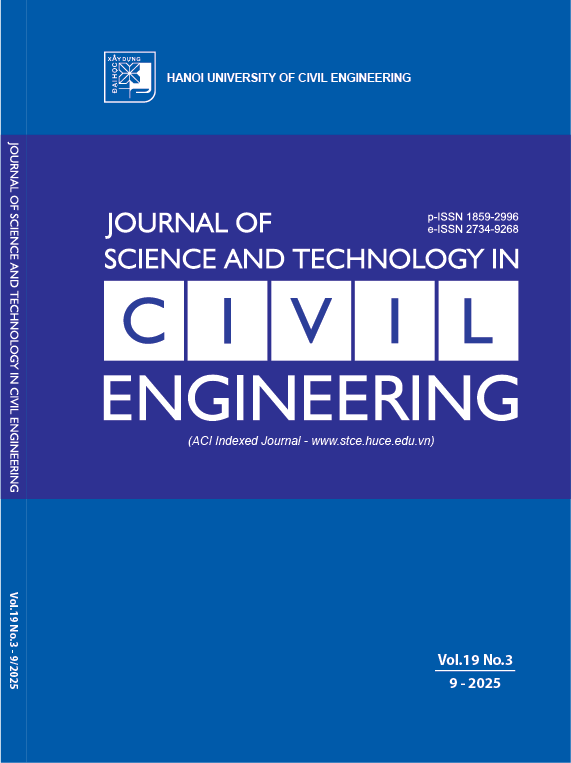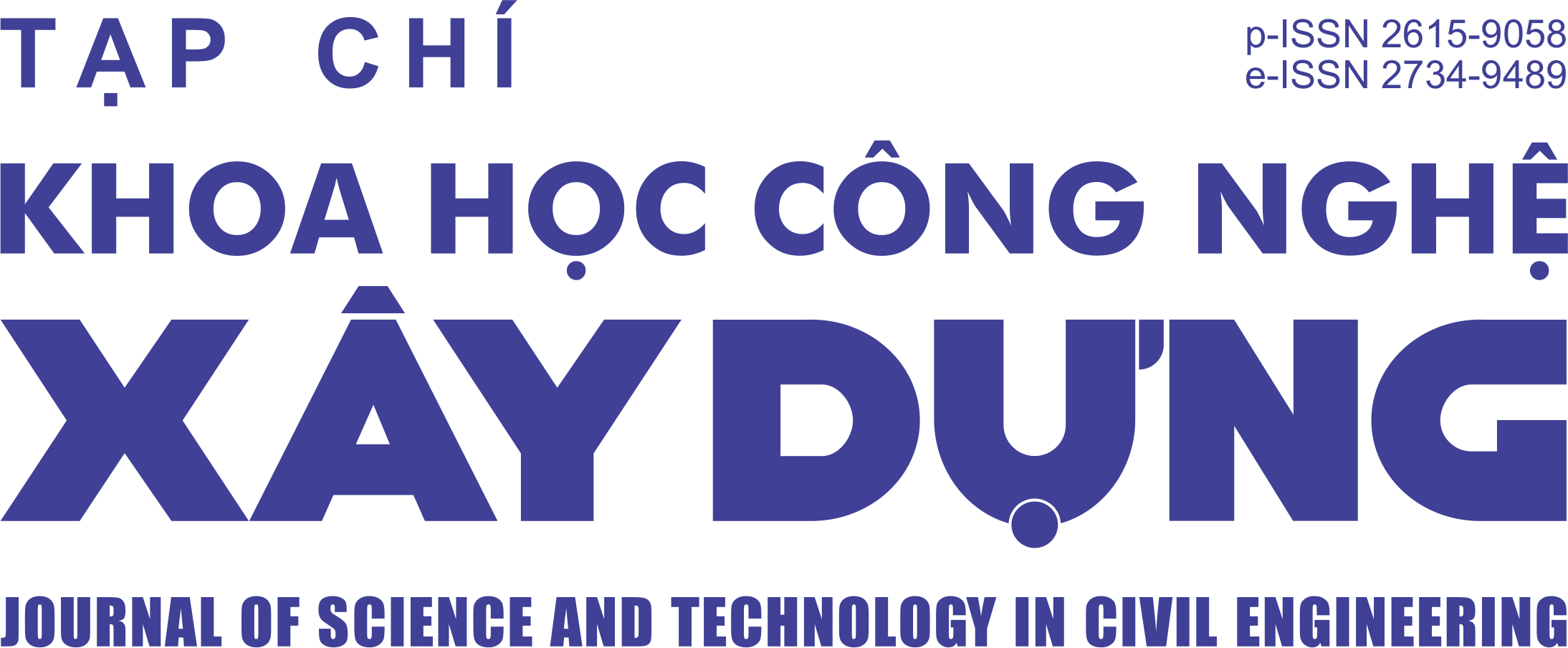Numerical investigation of the axial compressive capacity of reinforced concrete-filled doubleskin steel tubular short columns
Abstract
This study presents a numerical investigation into the axial compressive behavior of reinforced concrete-filled double-skin steel tubular (R-CFDST) columns. A finite element model (FEM) for R-CFDST columns was developed based on validated FE models of both reinforced concrete-filled steel tubular (R-CFST) columns and circular concrete-filled double-skin steel tubular (CFDST) columns. Using the proposed FE model, a comprehensive parametric study was conducted to evaluate the effects of longitudinal reinforcement ratio, geometric dimensions, and material properties on the ultimate axial strength of R-CFDST columns. The results show that increasing the longitudinal reinforcement ratio from 0% to 2.93% enhances the column’s ultimate capacity by up to 17.91%, underscoring the critical role of rebar in enhancing column performance. Furthermore, existing design equations for predicting the ultimate strength of R-CFST and CFDST columns were reviewed and adapted for application to R-CFDST columns. The accuracy of these modified equations was validated against the FE results, and the most accurate formulation was recommended for the compressive design of R-CFDST columns under uniaxial loading.
Downloads
Copyright (c) 2025 Hanoi University of Civil Engineering

This work is licensed under a Creative Commons Attribution-NonCommercial-NoDerivatives 4.0 International License.
1. The Author assigns all copyright in and to the article (the Work) to the Journal of Science and Technology in Civil Engineering (JSTCE) – Hanoi University of Civil Engineering (HUCE), including the right to publish, republish, transmit, sell and distribute the Work in whole or in part in electronic and print editions of the Journal, in all media of expression now known or later developed.
2. By this assignment of copyright to the JSTCE, reproduction, posting, transmission, distribution or other use of the Work in whole or in part in any medium by the Author requires a full citation to the Journal, suitable in form and content as follows: title of article, authors’ names, journal title, volume, issue, year, copyright owner as specified in the Journal, DOI number. Links to the final article published on the website of the Journal are encouraged.
3. The Author and the company/employer agree that any and all copies of the final published version of the Work or any part thereof distributed or posted by them in print or electronic format as permitted herein will include the notice of copyright as stipulated in the Journal and a full citation to the Journal as published on the website.







